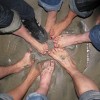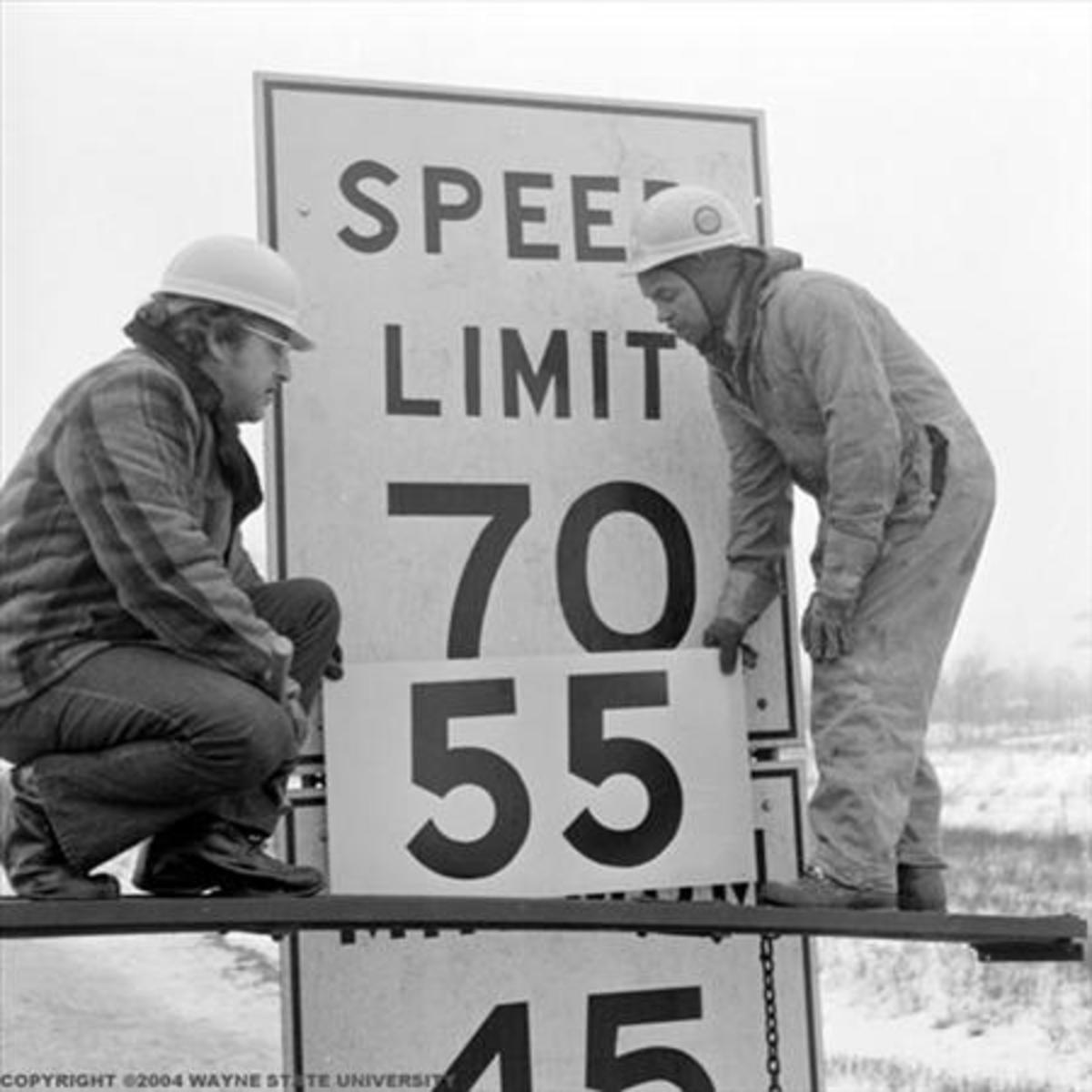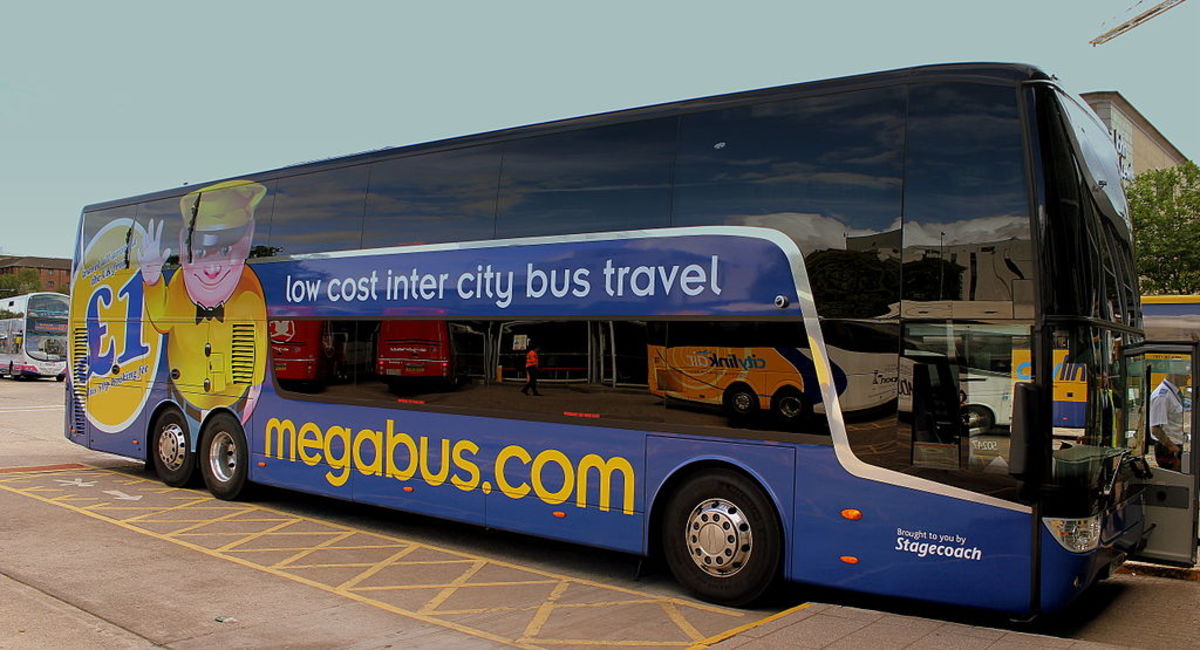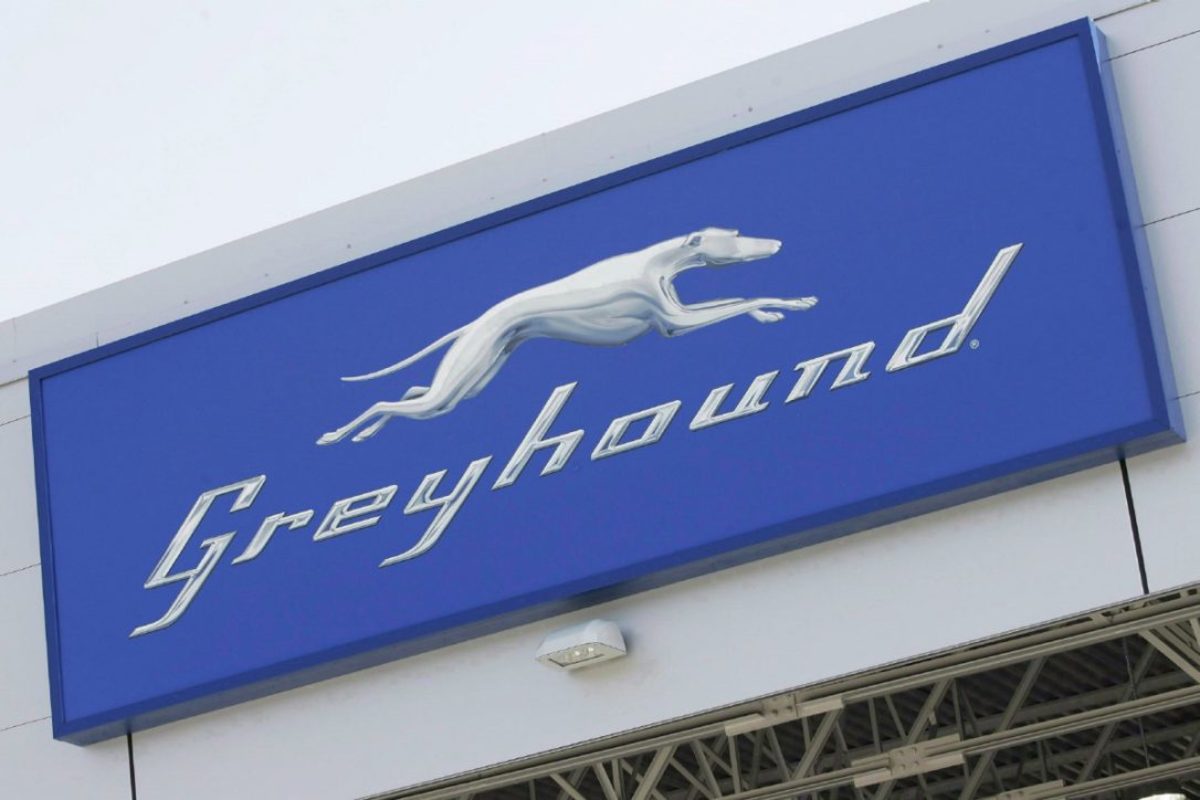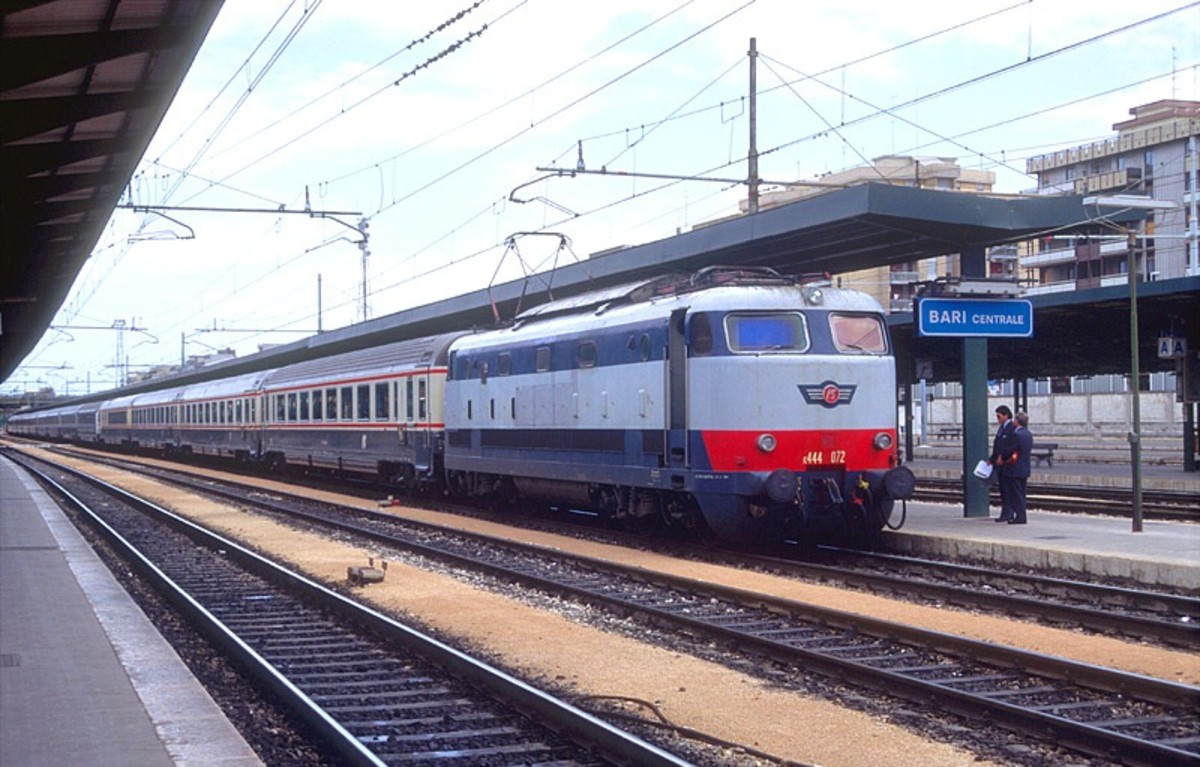Driver vs. Highway Patrol - The Evolution of the Battle
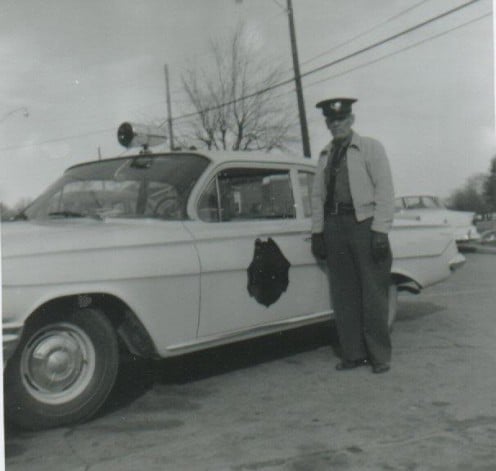
Speed Limits and Regulations
- Speed Limits and Regulations - Regulations and Driving Rules - HubPages.com
Articles about Speed Limits and Regulations on HubPages, a place where you can read and write about any topic that interests you.
Since the turn of the century, and practically from the very day the first automobile took to the streets, the battle between speed demon and patrolman has been fought with ferocity.* The first American to be pulled over and fined for "speeding" was, most appropriately, a New York City cab driver. In May of 1899, Jacob German was cited for exceeding the legal speed limit of 2 mph. He was accused of blazing along at 8 mph, a remarkably speedy difference if you consider that he was traveling four times the legal limit. To match that with today's comparatively generous average interstate speed limit of 65 mph, a driver would have to strap rockets to his trunk and blast his way through traffic at an incredible 260 mph! Sadly, there was an unnamed, alleged offender who came remarkably close to meeting that bar. The driver, as the story goes, was maneuvering a Koenigsegg CC8S while participating in the San Francisco to Miami Gumball 3000 Rally. He was clocked in Texas as going 242 mph in a 75 mph zone! No conviction was made which would have helped to confirm the truth of this story. Perhaps the officer was so impressed by the vehicle, its driver, and the circumstances that he couldn't help but let the driver off with a warning? I highly doubt it. This is the Gumball 3000 Rally we are talking about, not the Cannonball Run. More likely the cop never caught up with the driver, much to his embarrassment. I wonder what enhancements he made to the story when he arrived back at the precinct?
Whatever the case most of us have our wits about us and stay in closer proximity with the local speed limit regulations. However, there are several situations in which we could find ourselves over the speed limit and at risk to be nabbed by the fuzz. You can probably think of a few yourself based on personal experience. Were you pulled over on a long, straight stretch of road with wide open views of the highway ahead of you? If so, you deserved that ticket. More likely you were sniped by a patrol car in hiding at an inopportune moment. You were probably switching to another playlist on your i-pod, talking on the phone, or chatting with a passenger, completely oblivious to your increased speed or a drop in the speed limit. Right then, seemingly out of nowhere, the blue-and-red lights start to flash in your rear view mirror. "Where did that cop come from?" you mutter as you pull over and dig for your license and registration.
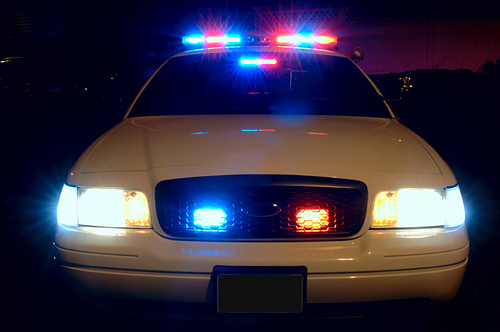
Ten Things Not to Do While Driving
- Ten Things Not to Do While Driving
My husband and I like to travel and have driven across the country several times because we enjoy a nice road trip. Even when we cant leave the state we still enjoy a car ride through the city for us...
Get Out of a Speeding Ticket
- Get out of a Speeding Ticket
So, you were pulled over for speeding. Sure, you didn't do anything wrong; you were just going too fast. Maybe you were daydreaming and not paying attention to the speed limit. Was it a...
If you are completely oblivious to what's going on while behind the wheel, you probably should be pulled over because you are an accident waiting to happen. However, for the majority of us we are alert, even defensive, drivers that occasionally lose track of our speed. How can you keep focused and avoid a ticket? Keep your mind actively involved in your driving choices. Driving on 'autopilot' is the easiest way to get pulled over. You may find that you have traveled the same route so many times or have been on the road for such a long stretch that your mind is no longer focused on the task at hand - DRIVING. To keep your mind active and yet focused on the road why not try a sort of 'hide and seek' game called "Find the Cop"? Where would you park your patrol car if you were an officer? Behind that bush up ahead? Right by that speed limit sign that dropped 10 mph? By focusing your mind on this subject you are much more likely to foresee the potential areas you could be pulled over and make adjustments to stay close to the posted speed limits. Here is a list of the top hiding spots state troopers and patrol cars are notorious for using:
- Interstate median connector roads with camouflaging tree or bush cover.
- The far side of an interstate overpass.
- The bottom of a long hill.
- Behind construction vehicles or materials at the start of a 'construction zone'.
- A small, inset clearing in trees or bushes on the side of a road or highway.
- The top of an overpass taking advantage of a bird's-eye view of the interstate. The officer then radio's to another patrolman further ahead on the highway listing the car to look for.
- Right up against a building that is close to a rural intersection containing a stop sign. Most drivers can clearly see that no traffic is coming and perform the 'rolling stop' only to be nabbed by the heat. (You may feel this instance has nothing to do with speeding, however, are you not going 3-5 mph when you really should be going 0 mph? That's what I thought.....moving on.)
- School driveways during the extended hours of reduced speed limits within a 'school zone'. Officers wait for unsuspecting drivers who don't think the reduced speed limits apply at 5:42pm, for example, when school kids have been home for an hour already. Even more frustrating are those who are fined in the summer. "It's not a school day! The kids are out of school!", they complain. Unfortunately they have forgotten about summer school and thus are fined for speeding, plus additional penalties related to the violation occurring within an indicated 'school zone'.
- Around a blind curve in a small town where the speed limit drastically drops by 20-30 mph without warning.
- The side of the interstate where the highway spears through a city's downtown district. These highways are often lined with raised concrete walls or 'sound barriers' and contain heavy traffic with lots of trucks. So, when the speed limit drops by 10 mph as you are speeding up to pass a truck that is throwing rocks at your windshield, the cop is licking his lips in anticipation of the juicy ticket he gets to impose on your finances.
These are just a few of the hundreds of hiding places patrol cars use nationwide. Unfortunately, it's almost impossible to map out every possible speed-induced encounter with the law. As long as it means revenue for the town or city, patrolmen will continue to look for the next ingenious spot to hide and wait for a clueless offender.
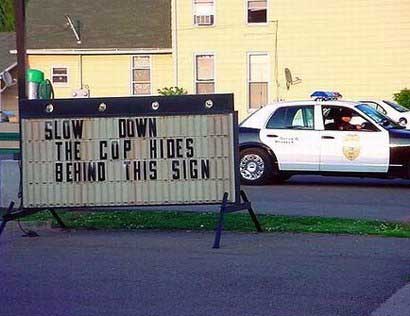
Speed Limits - How They Are Set and Enforced
- Road Scholar: Speed Limits: How They Are Set & Enforced
If you live in Southern California and need to attend traffic school, email Gatorgrad2001, and he'll send you a $10 off discount card... In California as in many other states there are three categories of...
The real vexation comes when cops who are low on citations begin using combo hiding strategies as if trying to achieve some sort of 'level up bonus'.
- At the bottom of a long hill that has a blind curve after which begins a construction zone. +3 wisdom, +2 intelligence, -4 charisma.
Interestingly, the struggle between velocity criminals and law enforcement has entered a more high-tech era these days. The peace officer has put on his big-boy britches with radar tracked by helicopter, speed cameras that impartially snap photos of license plates whizzing by a split second faster than the rest, and pilot programs in Europe utilizing satellite tracking as a basis for issuing citations. The average driver is answering with their own high-tech counter play. No, they aren't using aluminum foil and coat hangers trying to detect radar guns (unless they live in Hicktown, U.S.A.). An application provided by Trapster.com is being offered for use on certain smart phones and GPS devices. Capitalizing on information provided by you, the average driver, Trapster marks points on the map where 'speed traps' and other traffic incidents have been reported. Thus there is now a sounding board for the many individuals who enjoy gloating over their 'hide-and-seek' victory when finding a construction zone, speed camera, or hiding patrol car.
Indeed the battle is sure to continue between the euphoric drivers who enjoy the wind in their hair and the spoilsport highway patrolmen who revel in bringing their cars to a halt. Will the latest progressions in technology hand over the 'hide and seek' game called "Find the Cop" to the techy IT geeks for upgrades and troubleshooting? That may be, but for now I plan to continue sniffing out the local cops' favorite hiding spots and warn all of my friends. Now how about you? Where have you spotted patrol cars lurking in the shadows? Please tell!
Historic Route 66 and Interstate 40
- Historic Route 66 and Interstate 40: Traveling Across Western States
August 2009, my husband and I decided to visit my family in California by driving westward on Interstate 40 which replaced the historic Route 66. Traveling west, Interstate 40 is in excellent condition,...
* The author of this article in no way condones exceeding the speed limit. All drivers are expected to follow all traffic laws and regulations.
